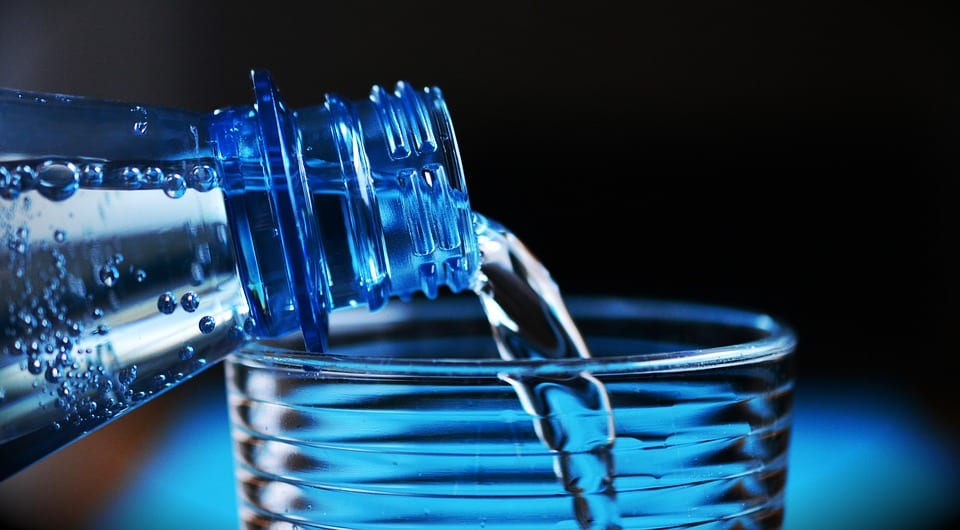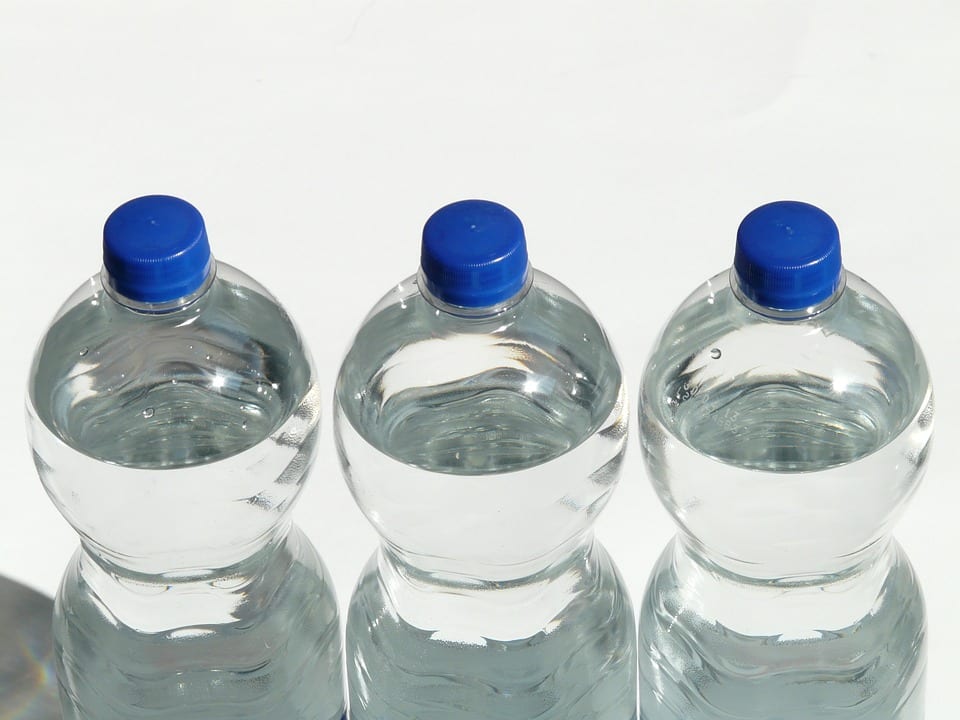A lot of us, as Americans, take clean water for granted. It’s just something that’s part of our everyday routine, whether we need to grab a drink from the faucet, to wash the dishes, or to take a shower – water is always (mostly) there for us.
But that’s not the case in certain parts of the world.
Roughly 2.2 billion people around the globe don’t have access to clean drinking water, but an organization called GivePower is looking to change that. The nonprofit recently installed a solar-powered plant in Kenya that turns salty ocean water into fresh drinking water, benefiting 25,000 people per day.
The plant was built in the small town Kiunga, Kenya because of the lack of clean drinking water in sub-Saharan Africa. Turning saltwater into drinking water is both expensive and energy-intensive, which is why GivePower decided to build the plant using solar panels that harvest energy. The two water pumps at the solar-powered plant provide clean drinking water to residents 24 hours a day.
Before the plant was built, people in Kiunga had to travel more than an hour to get clean drinking water. And bathing and washing clothing in saltwater is harsh on skin and fabrics, so access to clean water helps the people in that way, too.
Because of the success of the plant in Kenya, GivePower wants to use this technology to help out people around the world. The organization is already planning projects in Colombia and Haiti. If you want to help out this great cause and donate, you can do that HERE.
Great work!
The post Kenya Installed First Solar Power Plant That Transforms Ocean Water into Drinking Water appeared first on UberFacts.
 #GivePowerInNepal⠀⠀⠀⠀⠀⠀⠀⠀⠀⠀⠀⠀⠀⠀⠀⠀⠀⠀⠀ #GivePower⠀⠀⠀⠀⠀⠀⠀⠀⠀⠀⠀⠀⠀⠀⠀⠀⠀⠀⠀ #JoinTheCharge ⠀⠀⠀⠀⠀⠀⠀⠀⠀⠀⠀⠀⠀⠀ ⠀⠀⠀⠀⠀⠀⠀⠀⠀⠀⠀⠀⠀⠀⠀⠀⠀⠀ .⠀⠀⠀⠀⠀⠀⠀⠀⠀⠀⠀⠀⠀⠀⠀⠀⠀⠀⠀ .⠀⠀⠀⠀⠀⠀⠀⠀⠀⠀⠀⠀⠀⠀⠀⠀⠀⠀⠀ .⠀⠀⠀⠀⠀⠀⠀⠀⠀⠀⠀⠀⠀⠀⠀⠀⠀⠀⠀ .⠀⠀⠀⠀⠀⠀⠀⠀⠀⠀⠀⠀⠀⠀⠀⠀⠀⠀⠀ .⠀⠀⠀⠀⠀⠀⠀⠀⠀⠀⠀⠀⠀⠀⠀⠀⠀⠀⠀ .⠀⠀⠀⠀⠀⠀⠀⠀⠀⠀⠀⠀⠀⠀⠀⠀⠀⠀⠀ ⠀⠀⠀ #actnow #takeaction #active #building #buildingthefuture #buildingabetterfuture #workforchange #agentsofchange #bethechange #bigsteps #solarpanel #solarmicrogrids #solarenergy #solaristheanswer #solaristhefuture #future #futuregenerations ⠀
#GivePowerInNepal⠀⠀⠀⠀⠀⠀⠀⠀⠀⠀⠀⠀⠀⠀⠀⠀⠀⠀⠀ #GivePower⠀⠀⠀⠀⠀⠀⠀⠀⠀⠀⠀⠀⠀⠀⠀⠀⠀⠀⠀ #JoinTheCharge ⠀⠀⠀⠀⠀⠀⠀⠀⠀⠀⠀⠀⠀⠀ ⠀⠀⠀⠀⠀⠀⠀⠀⠀⠀⠀⠀⠀⠀⠀⠀⠀⠀ .⠀⠀⠀⠀⠀⠀⠀⠀⠀⠀⠀⠀⠀⠀⠀⠀⠀⠀⠀ .⠀⠀⠀⠀⠀⠀⠀⠀⠀⠀⠀⠀⠀⠀⠀⠀⠀⠀⠀ .⠀⠀⠀⠀⠀⠀⠀⠀⠀⠀⠀⠀⠀⠀⠀⠀⠀⠀⠀ .⠀⠀⠀⠀⠀⠀⠀⠀⠀⠀⠀⠀⠀⠀⠀⠀⠀⠀⠀ .⠀⠀⠀⠀⠀⠀⠀⠀⠀⠀⠀⠀⠀⠀⠀⠀⠀⠀⠀ .⠀⠀⠀⠀⠀⠀⠀⠀⠀⠀⠀⠀⠀⠀⠀⠀⠀⠀⠀ ⠀⠀⠀ #actnow #takeaction #active #building #buildingthefuture #buildingabetterfuture #workforchange #agentsofchange #bethechange #bigsteps #solarpanel #solarmicrogrids #solarenergy #solaristheanswer #solaristhefuture #future #futuregenerations ⠀
 Learn how you can help by going to the link in bio. . . . . . #givepower #solarpower #jointhecharge #cleanwater #haiti #waterislife #nonprofit #renewableenergy #sustainability #climatechange
Learn how you can help by going to the link in bio. . . . . . #givepower #solarpower #jointhecharge #cleanwater #haiti #waterislife #nonprofit #renewableenergy #sustainability #climatechange



